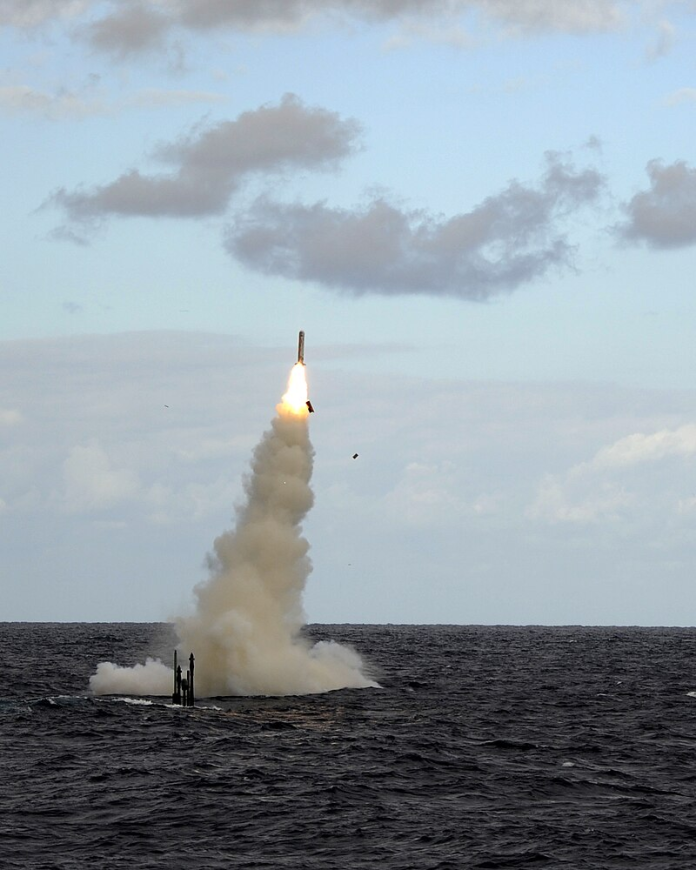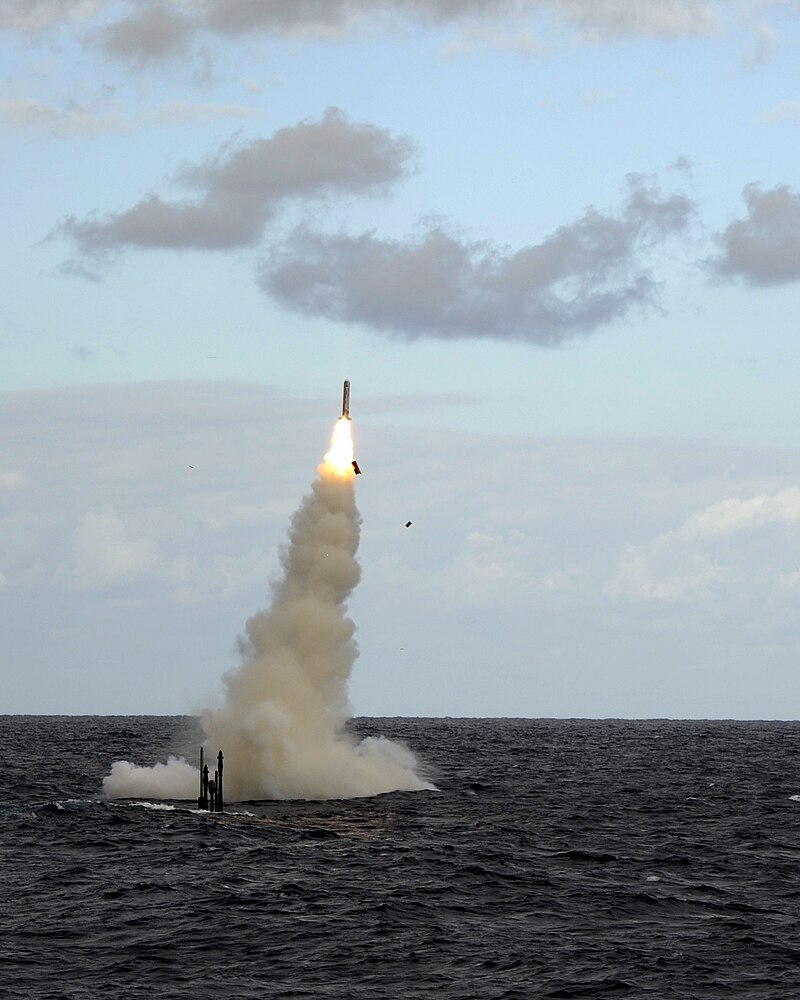
Range and payload change cost-benefit for war. This observation by Australian Maj. Gen. (Ret.) Mick Ryan shows just how game-changer Ukraine’s new Flamingo cruise missile really is. Coming out of a country that’s literally fighting for its existence, this weapon system is more than a new player on the battlefield one that marks a quantum leap which may completely transform power equations in Eastern Europe.
The Flamingo, Fire Point’s heavy-load, long-distance cruise missile, is a marriage of high-tech composites with surplus items. It was combat-proven for the first time ever in wartime, going deep inside Russian-occupied territory, destroying major military as well as industrial facilities. Worse, it embodies a low-cost production mentality which, as this paper was being readied for press, was being eagerly imitated by defense planners around the world.
This list opens its most compelling features of the Flamingo program from its untraditional engineering to its geopolitical consequences why this missile sits next to, but in some ways, beyond legendary American Tomahawk.
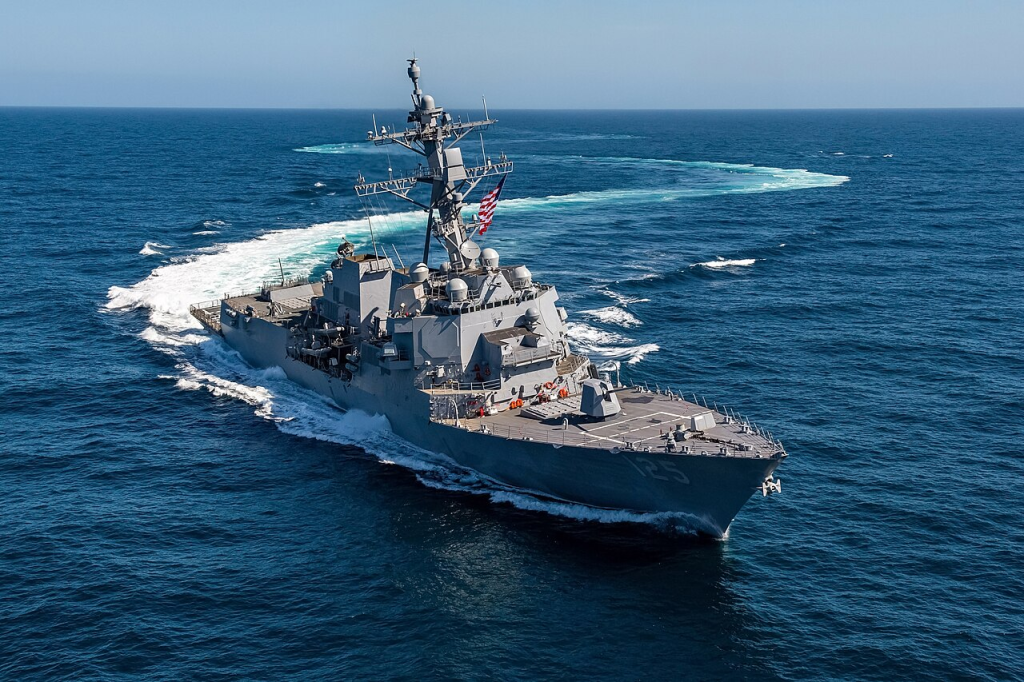
1. No Range or Payload Equality
The Flamingo’s range is over 3,000 kilometers, almost twice that of the US Navy’s Tomahawk. With a 1,150-kilogram warhead the equivalent of a converted Soviet FAB-1000 bomb or several FAB-500 units in stack the explosive force it unleashes easily outpaces that of the Tomahawk’s 454 kilograms. With reach extended and warhead massive, Ukraine has been at liberty to threaten strategic targets deep in Russia, such as command centers and power plants, with its home-built munitions, independent of Western-supplied ammunition.

In reality, a footprint for Flamingo necessitates Russia to secure a massive expanded list of probable targets, taxing its over-stretched air defense system. Royal Danish Defense College’s Anders Puck Nielsen elaborated further that “the amount of potential targets is inpossible for Russia to secure enough,” which identifies this missile’s strategic drawback.
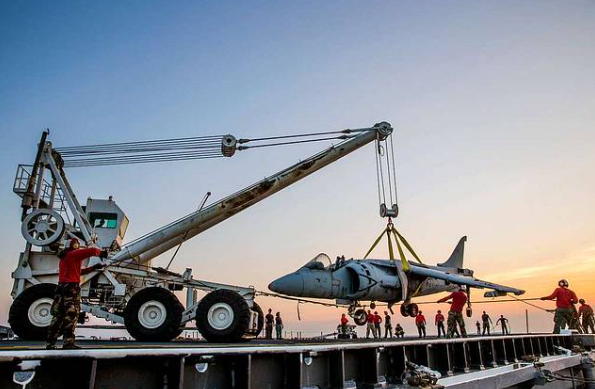
2. Low-Cost ‘Junkyard’ Engineering
The ideology of Fire Point’s design was affordability and accessibility. Salvage jet engines are employed by the Flamingo at least, occasionally scrounged from scrap dumps and excess Soviet warheads off Cold War missiles. CTO Iryna Terekh dispelled any illusions, stating, “We found such engines literally ‘in the dump’ and restored them,” which kept production costs at about $500,000 a unit, a minute percentage of Tomahawk’s $2.1 million price tag.
The fuselage is built as a monocoque in a single piece of carbon fiber, reducing production complexity as well as radar footprint. This practical mindedness allows for fast_scaling production for Ukraine, making an otherwise boutique aircraft a rapidly manufactured strategic asset.
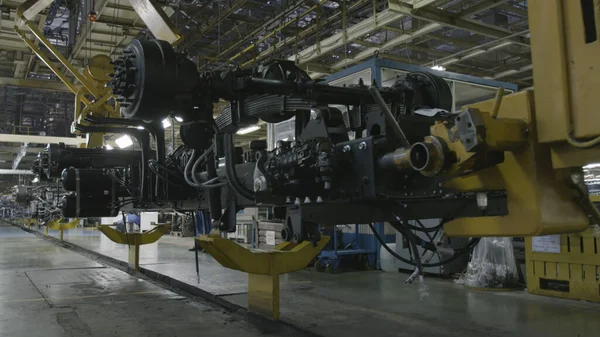
3. Volumetric Manufacturing Capability
Ukraine’s production rate is high as it is. Fire Point’s production rate of two missiles a day, seven a day in early 2026, will place it over US-Russian cruise missile production cumulative levels. Kyiv hopes its long-distance arsenal comes back at a rate equal to France’s and Britain’s by July 2026, a deadline that will place it second-largest cruise missile force in Europe, after Russia. This ability is beneficial in a war in which Russia manufactures several hundred missiles a month. Mass production at an affordable price gives Ukraine a podium to maintain extended strike campaigns with no risk to its defense budget.

4. Combat Proven Effectiveness
It has seen combat. During its initial reported combat, three struck a Russian base at Crimea, destroying six hovercraft, with craters more than 30 feet in diameter. Other missiles struck oil refineries, with Ukrainian military general Kyrylo Budanov claiming the resulting economic damage outweighs that of Western sanctions.
Budanov stated, “Ninety-nine percent of the recent strikes were achieved with locally produced systems,” opening the way for Flamingo towards Ukrainian independence in foreign arms shipments.
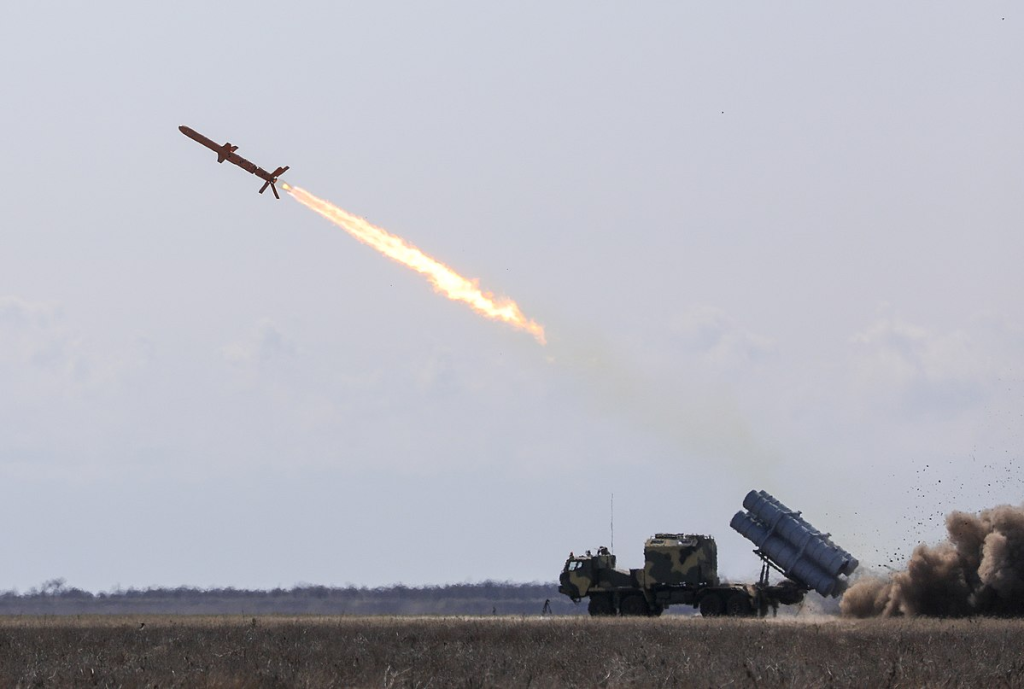
5. Tactical Survivability
In spite of its bulk, the Flamingo is purposefully designed to keep out of sight. It has launches at below 50 meters, flying out over country to get beneath radars, its launcher hidden beneath civilian-appearing trucks. This maneuverability confounds Russian reconnaissance, reduces danger to Ukrainian military.
Terekh explained how “you will never know for sure, driving by, if there’s a Flamingo missile or not,” a characteristic which boosts operating security in adversary territories.
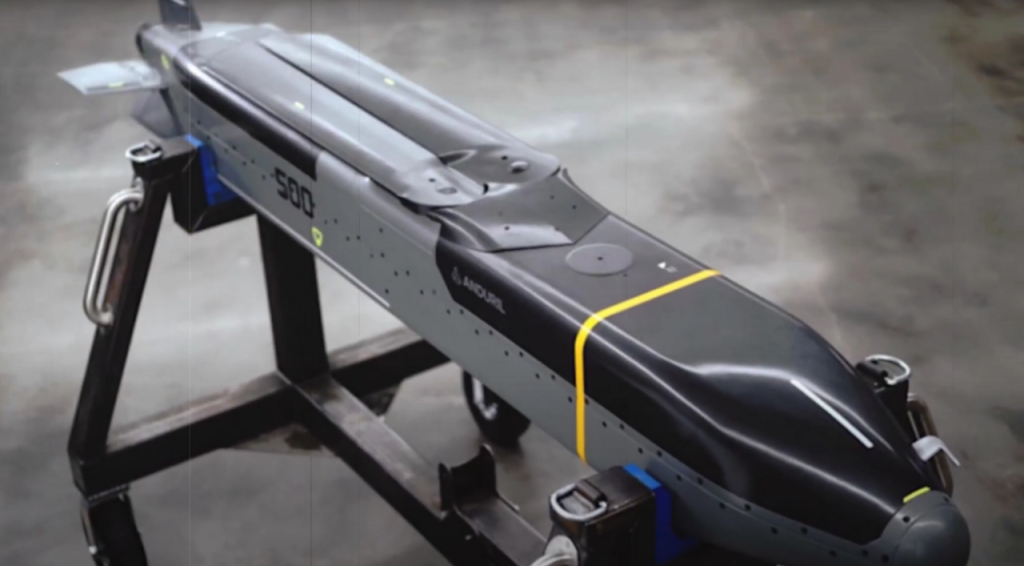
6. Flexible Warhead Options
Whereas existing designs transport bunker-busting warheads with 10 meters penetration with hardened concrete, Fire Point will transport, as a minimum, cluster weapons together with other payloads. This versatility permits tailoring of Flamingo with a variety of mission profiles, ranging from busting hardened military bases to making a contribution to concentrations of troops. This versatilitry reflects Western programs such as L3Harris’ Wolf Pack and Anduril’s Barracuda platforms, which are designed for modularity for flexibility to address varied operating needs.

7. Strategic and Geopolitical Dimensions
Availability of a Flamingo transforms thinking about strategy in Europe. Hans Petter Midttun, of the Ukrainian Institute for Security and Law of the Sea, described long-range strike as decreasing Ukrainian reliance upon Western policy restraint. With near-strategic parity, Ukraine pushes Russia to rethink its offensive bias as well as investment of resources. The Carnegie Endowment for International Peace senior fellow, Michael Kofman, claimed that such a capability might deter allies from leaving Ukraine, for it gives wartime negotiating strength to Kyiv. Besides, export prospects for such a missile might boost Ukrainian credentials as a security partner for other countries across the rest of Europe.

The Flamingo is a missile rather than a name one that epitomizes Ukrainian wartime ingenuity as well as foresight. With long range, heavy payload, cheap production costs, as well as established battlefield success, it seems likely to turn centuries-old supremacy by weapons like the Tomahawk on its head. It not only strengthens Ukrainian military capabilities but also heralds a world of cheap precision weapons at masses in modern warfare. With continuously increasing production scales as well as variants, the Flamingo might yet turn out to be a classic case of necessity as a driver of innovation for the defense industry.
